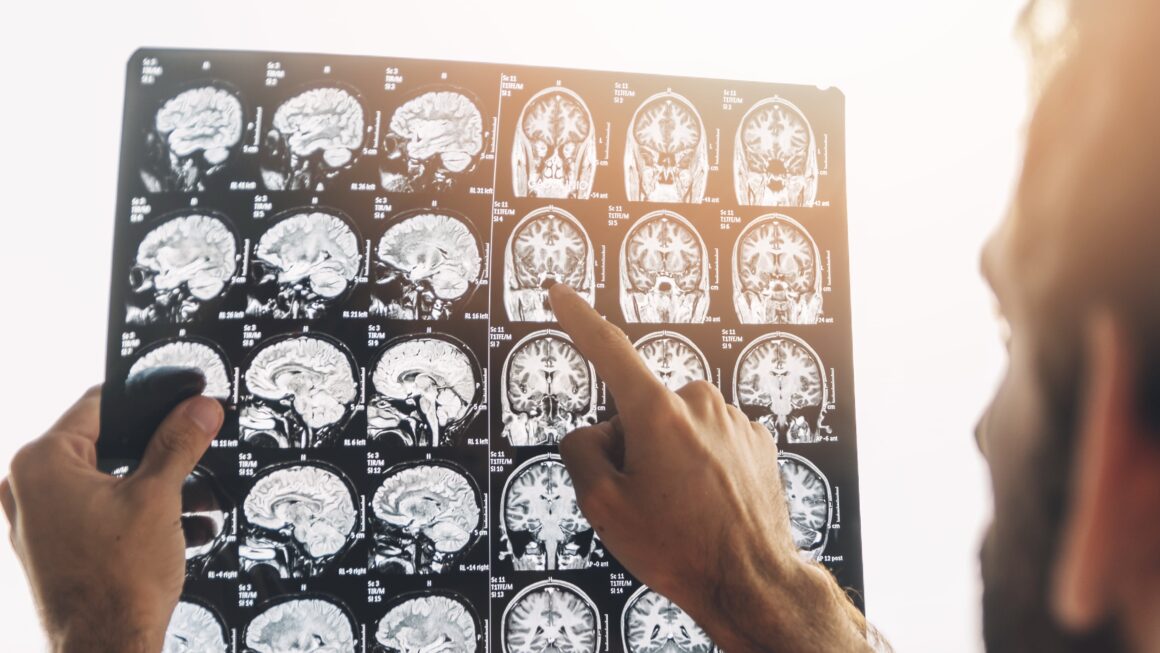
Data Annotators: A Doctor’s Best Friends

Imagine an algorithm that detects the presence of the COVID-19 virus through a lung scan? If this technology was readily available all over the world, then the way we dealt with this pandemic would have looked dramatically different. The good news is, this is a possibility in the near future as technology and artificial intelligence penetrate the healthcare world.
Medical images account for at least 90% of all medical data today. They are by far the largest and fastest-growing data source in the healthcare industry and this voluminous amount of data poses equally large challenges for diagnosis. Having to deal with these data adds a tremendous amount of stress to medical workers, patients, and healthcare systems. Well-designed technology can significantly reduce the time taken to arrive at diagnosis, improving health outcomes and in some cases, saving lives.
Diagnosis is a critical element in the care of many patients. Achieving quick and accurate diagnosis of disease is crucial to patient outcomes, and ensures that patients get timely access to the treatments they need. For physicians, a faster diagnosis means more time spent treating and caring for their patients. However, in hospitals around the world, medical diagnosis times can drag on as physicians struggle to acquire necessary testing and information. In these cases, Artificial Intelligence and Machine Learning can serve as a helpful tool. Research increasingly shows the many ways that artificial intelligence can aid doctors and healthcare systems throughout the patient cycle, from helping detect and classify diseases using medical scans, to aiding in the selection of a treatment course.
Enable Algorithms to Read Scans through Data Annotation
The Medical Futurist claims that data annotators are the unsung heroes of artificial intelligence development. Though drawing lines and deciphering pictures might not sound complex, the scale of data to be annotated and the lack of experts available to do so poses a tough challenge. But successful adoption of training algorithms allow physicians and other healthcare workers to focus on the servicing and caring rather than documenting.
IndiVillage has worked with multiple healthcare organizations looking to improve their AI technology to aid in accurate, timely diagnosis of diseases, such as annotating lungs in chest X-rays. In this case, we annotated medical scans of lung nodules to identify anomalies and feed the annotated data back into their system’s algorithm. Using pixel segmentation to annotate lung scans, we effectively train their AI system. Our team of annotation experts quickly acquainted themselves with the client’s specific requirements and received training on the anatomy of the human lung and varying types of anomalies that arise in lung scans. Our team generally begins work by identifying abnormalities, looking at approximately 400 images over a three month period. Each image is studied and accurately labelled to create high-quality training data to feed the client’s algorithms.

IndiVillage’s efforts have aided in training data that the client utilized in their AI technology for faster detection of pulmonary abnormalities, thus reducing overall diagnosis time. This has allowed doctors to focus more on treating the patients than being absorbed in reading a multitude of reports.